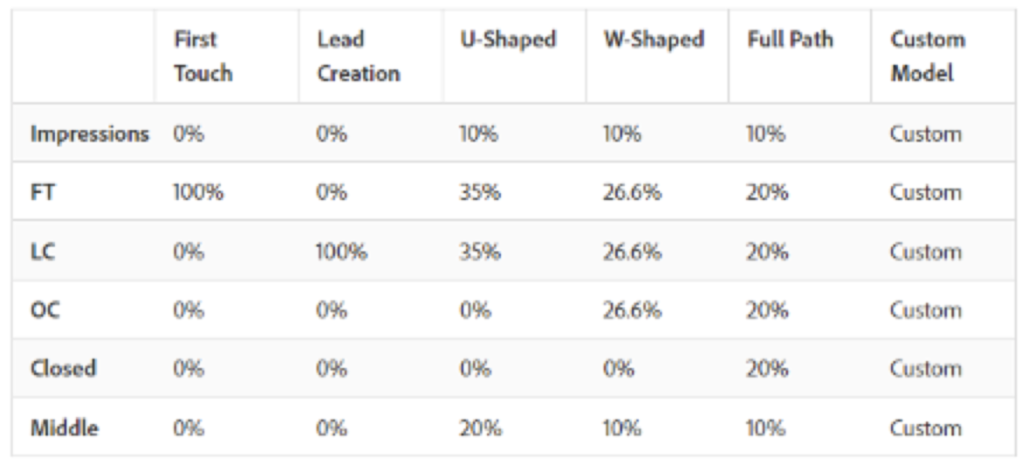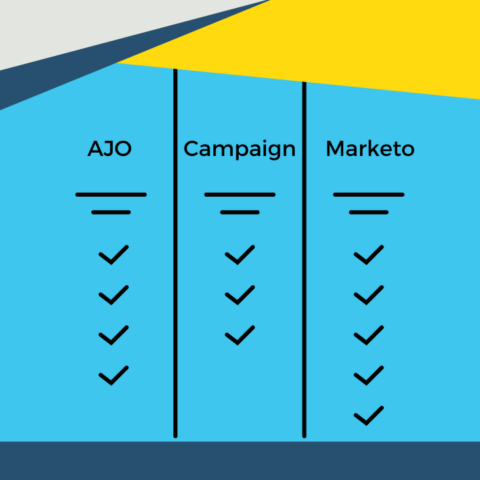
Let’s start with an astonishing figure:
“60% of marketers give their nurture programs a failing grade”
Lead Nurturing & Acceleration Survey (Hubspot, 2021)
It seems that the field of Marketing is overall very aware of the potential for improvement. Doing better is directly linked to attribution, for example 74% of high performing marketers measure ROI compared to 59% of low performers (Forrester, 2018). Plus, those that invest time measuring and managing performance, achieve 5% better ROI and over 7% of higher growth performance (Forbes, 2018).
On the one hand, and as illustrated above, we know that improvement is difficult without effective measurements. On the other hand, we have lead nurturing as one of the key strategies for growth.
What Is Lead Nurturing?
Before we move on to the importance of attribution in lead nurturing, let’s take a look at what it really means. Lead nurturing is an integral part of the sales process. As the name suggests it is quite literally the process of building and reinforcing relationships with potential customers throughout the sales funnel. Done successfully, lead nurturing can shape marketing efforts, ensuring campaigns are focussed and optimised for the needs of prospects – leading to more fruitful results.
Technology has evolved to facilitate much more adaptive nurture strategies. Marketing automation platforms now ensure prospects can move through the buyer journey at their own pace, while still allowing marketers to forge personalised connections with each and every one of them.
A Quick Look At Lead Nurture Strategies
Nurturing strategies are varied and before looking at either attribution or optimisation, it is worth considering whether you are leveraging most of the techniques available in the nurturing toolbox. More specifically:
- Is your content targeted both inbound and outbound?
- Are you personalising the messaging at every touch point?
- Are you implementing multiple touches across different channels?
- Are triggers in place for automated follow-ups?
- Are you scoring and prioritising your leads?
The Importance of Attribution In Lead Nurturing
Nurturing Programs are available “out of the box” in most B2B marketing software. However, once the initial setup is completed, you need to implement an optimisation process. Measuring effectiveness is a key part of this.
As covered in detail in our previous blog on marketing attribution methodologies, there are numerous methods for measuring and assigning your revenue to various marketing efforts. As a reminder, here are the 5 frameworks we discussed:
- Single Touch Attribution
- Non-Weighted multi-touch attribution
- Weighted multi-touch attribution
- Test & Control Groups
- Marketing Mix Modelling
Attribution Models: Finding The Right Fit
Having so many options isn’t always helpful. Remember, each methodology has their own positives and negatives, depending on the specific use-case. Here is our view on how to approach the topic of lead nurture attribution
#1 If you’re at the beginning of your revenue attribution journey, we would recommend starting with the Test and Control model. It can be simple enough and cost effective to implement, even if it lacks the breadth of perspective offered by other approaches.
#2 To get to the next level, you will need a more technically advanced setup. We would recommend the weighted multi-touch attribution model, in particular the W-shaped model which gives a better understanding of where to focus your investment & time, for the whole marketing funnel.
#3 Finally, for businesses that have complex and unique customer journeys (numerous stages, long sales cycles, etc), a custom model would be beneficial. Solutions such as Marketo’s Bizible, enable marketers to easily leverage machine-learning to create a uniquely custom and adapted attribution model.

Bizible’s approach to attribution modeling
Whether you need assistance navigating the topic or implementing Bizible, TAP would welcome the opportunity to be your partner of choice. Please reach out below if you’d like to discuss how to make the most of your nurturing and marketing strategies.



